In the fast-paced and highly competitive restaurant industry, having a reliable and efficient Point of Sale (POS) system is critical to success. As we step into 2025, restaurant owners face a crucial decision: should they choose a cloud-based POS system or stick with the traditional on-premise POS software?
This article explores the key differences, pros and cons, and business implications of both systems to help you decide which POS is better suited for your restaurant in 2025.
Understanding Cloud vs. On-Premise POS
Before diving into comparisons, it’s essential to define what these systems are:
Cloud-Based POS:
A cloud-based POS operates on the internet and stores data on remote servers. It can be accessed from anywhere using devices like tablets, smartphones, or laptops. Examples include Square, Toast, and Lightspeed.
On-Premise POS:
An on-premise POS is installed on local servers or computers within the restaurant. It requires physical hardware and typically doesn’t depend on an internet connection. Common legacy systems include Micros and Aloha.
1. Accessibility & Mobility
✅ Cloud POS:
- Accessible from any location with internet access.
- Perfect for multi-location restaurants or owners who manage operations remotely.
- Supports mobile ordering, tableside payments, and delivery integration.
❌ On-Premise POS:
- Only accessible within the restaurant premises.
- Limited mobility; updates must be done on-site.
- Less flexibility for modern restaurant demands.
Winner: Cloud POS
In 2025, remote monitoring, real-time updates, and mobile functionality are no longer luxuries—they’re necessities. Cloud systems win on accessibility and operational flexibility.
2. Cost and Pricing Model
💰 Cloud POS:
- Subscription-based pricing (monthly or annual).
- Lower upfront cost but ongoing expenses.
- Includes updates, support, and security as part of the package.
💵 On-Premise POS:
- Large upfront investment for hardware and licensing.
- Ongoing costs for maintenance, IT staff, and manual updates.
- Long-term cost may be higher with unexpected service fees.
Winner: Cloud POS (for most small-to-medium restaurants)
Cloud POS systems reduce the barrier to entry for smaller restaurants and startups. However, enterprise chains with high customization needs may still benefit from on-premise systems if they already have IT infrastructure in place.
3. Setup and Deployment
🚀 Cloud POS:
- Quick to set up—often within hours or a few days.
- User-friendly interfaces with minimal IT involvement.
- Pre-integrated with delivery platforms, loyalty programs, and more.
🛠️ On-Premise POS:
- Can take days or weeks to install.
- Requires hardware installation, network setup, and software configuration.
- May need professional IT support.
Winner: Cloud POS
In 2025, restaurants need to adapt quickly. Whether opening a pop-up, launching a ghost kitchen, or expanding locations, a cloud POS software makes it easier and faster to get up and running.
4. Customization and Control
🎛️ Cloud POS:
- Offers flexibility but with limits depending on the provider.
- Third-party integrations may be restricted.
- Updates and new features are controlled by the vendor.
🧩 On-Premise POS:
- Highly customizable if you have technical resources.
- Full control over updates, system behavior, and integrations.
- Better for complex enterprise workflows.
Winner: On-Premise POS (for large enterprises)
If your restaurant needs specific workflows, deep customization, or full control over data and software, an on-premise system may offer more freedom—at a higher cost.
5. Internet Dependency
🌐 Cloud POS:
- Requires a stable internet connection.
- Some vendors offer offline mode, but features may be limited.
🖥️ On-Premise POS:
- Fully functional without internet.
- Reliable for locations with weak connectivity or unpredictable service.
Winner: On-Premise POS
While internet connectivity has improved, some rural or high-volume urban areas still face outages. If consistent internet access is a concern, an on-premise system may offer peace of mind.
6. Security and Compliance
🔒 Cloud POS:
- Data is encrypted and stored on secure cloud servers.
- Automatic updates ensure compliance with regulations like PCI-DSS.
- Providers take responsibility for backups and cybersecurity.
🔐 On-Premise POS:
- Data is stored locally, giving owners direct control.
- Requires manual updates and active management of firewalls, antivirus, etc.
- High risk if security measures are outdated.
Winner: Cloud POS
In 2025, cybersecurity threats are growing. Unless you have a dedicated IT security team, it’s safer to rely on the robust security protocols maintained by cloud providers.
7. Scalability
📈 Cloud POS:
- Easily scales with your restaurant’s growth.
- Add new locations, menus, or staff without complex installations.
- Unified reporting across all sites.
🧱 On-Premise POS:
- Scaling requires hardware upgrades, licensing fees, and more infrastructure.
- Multi-location support is more complex and costly.
Winner: Cloud POS
For restaurants with growth plans, cloud systems provide unmatched scalability with less effort and lower costs.
8. Reporting and Analytics
📊 Cloud POS:
- Real-time analytics accessible from any device.
- Visual dashboards for sales, inventory, staff performance, and customer trends.
- Better data-driven decision-making.
📉 On-Premise POS:
- Reporting is limited to on-site systems unless custom integrations are developed.
- Real-time reporting is often unavailable.
Winner: Cloud POS
In 2025, successful restaurants depend on data. Cloud systems provide faster, deeper insights that drive revenue and customer satisfaction.
9. Integrations with Third-Party Tools
🔗 Cloud POS:
- Easily integrates with online ordering platforms, delivery apps, CRMs, accounting tools, and marketing software.
- App marketplaces available for extra functionality.
🔌 On-Premise POS:
- Integration options are limited and often require custom development.
- Slow to adapt to changing tech needs.
Winner: Cloud POS
If your restaurant uses tools like Uber Eats, DoorDash, QuickBooks, or Mailchimp, cloud-based POS systems integrate seamlessly.
10. Support and Updates
📞 Cloud POS:
- Regular software updates and customer support included.
- Remote troubleshooting and assistance.
- New features roll out automatically.
🧑🔧 On-Premise POS:
- Requires in-person support for hardware/software issues.
- Updates must be done manually, leading to downtime or added costs.
Winner: Cloud POS
For consistent performance and lower IT burden, cloud-based POS systems offer better support experiences in 2025.
Which Restaurants Should Choose Cloud POS in 2025?
Cloud POS is ideal for:
- New restaurants and startups
- Quick-service and fast-casual restaurants
- Food trucks and pop-ups
- Multi-location businesses
- Restaurants offering delivery, takeout, or loyalty programs
With ease of setup, low upfront cost, and powerful analytics, cloud POS systems are a perfect match for modern restaurant operations.
Which Restaurants Might Prefer On-Premise POS in 2025?
On-premise POS may be better suited for:
- Enterprise-level restaurants with in-house IT teams
- High-volume fine dining establishments with strict workflow needs
- Locations with unreliable internet access
- Businesses requiring high-level custom features
If you already have a robust infrastructure and specific POS demands, on-premise may still be a valid choice.
Final Verdict: Cloud POS Dominates 2025, But It’s Not One-Size-Fits-All
The restaurant industry in 2025 is driven by agility, innovation, and data. Cloud POS systems align perfectly with these trends, making them the top choice for most restaurants. However, on-premise systems still hold value for specific use cases that demand custom configurations or operate in challenging technical environments.
Key Takeaways:
- Cloud POS offers flexibility, scalability, and cost efficiency.
- On-premise POS offers control and customization—at a higher complexity.
- The “best” POS depends on your restaurant’s size, goals, and operational needs.
Before choosing, conduct a thorough needs analysis. Consider your internet reliability, budget, growth plan, and tech-savviness.
In the ever-evolving dining landscape of 2025, your POS system isn’t just a tool—it’s the nerve center of your restaurant. Choose wisely.


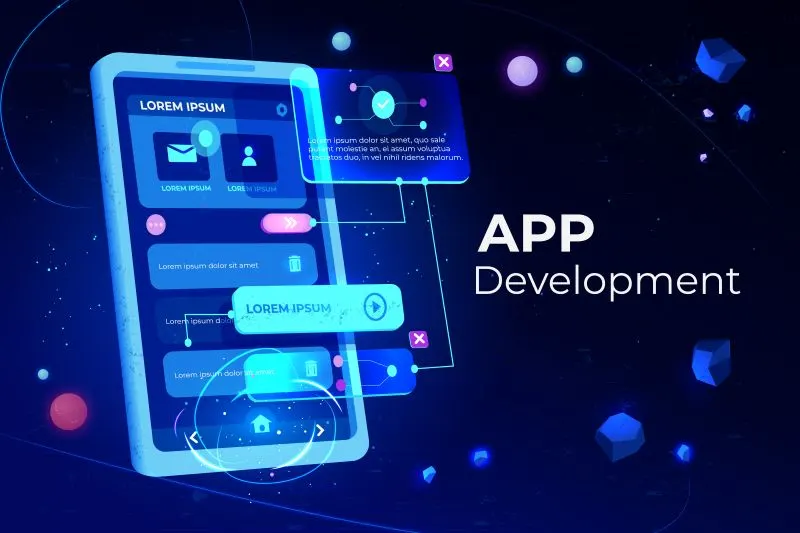

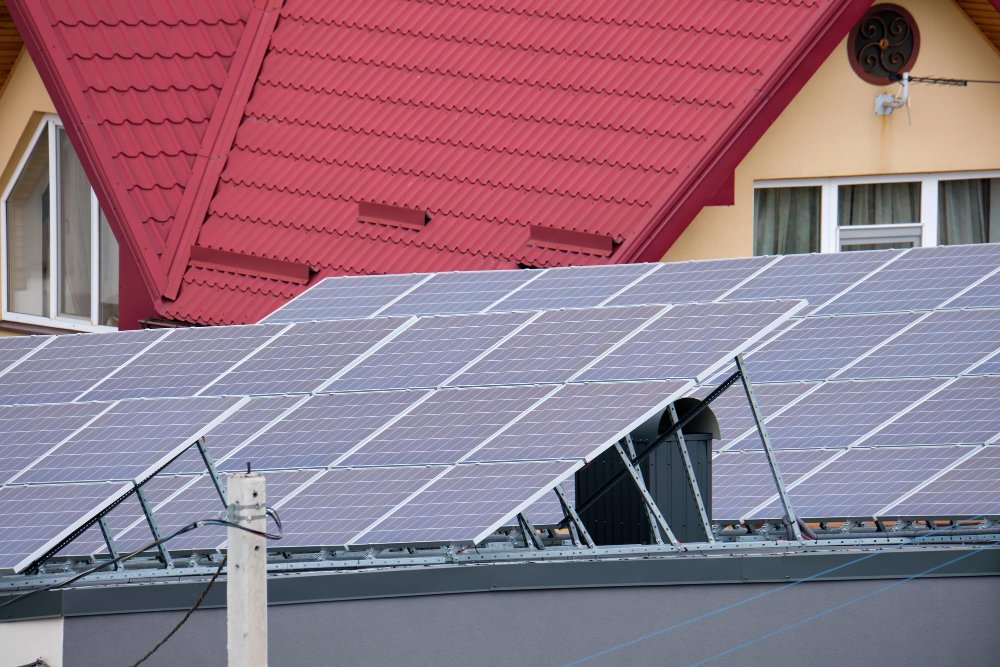
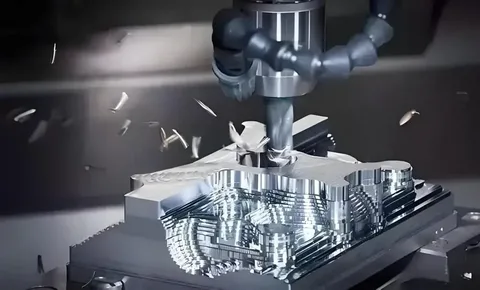
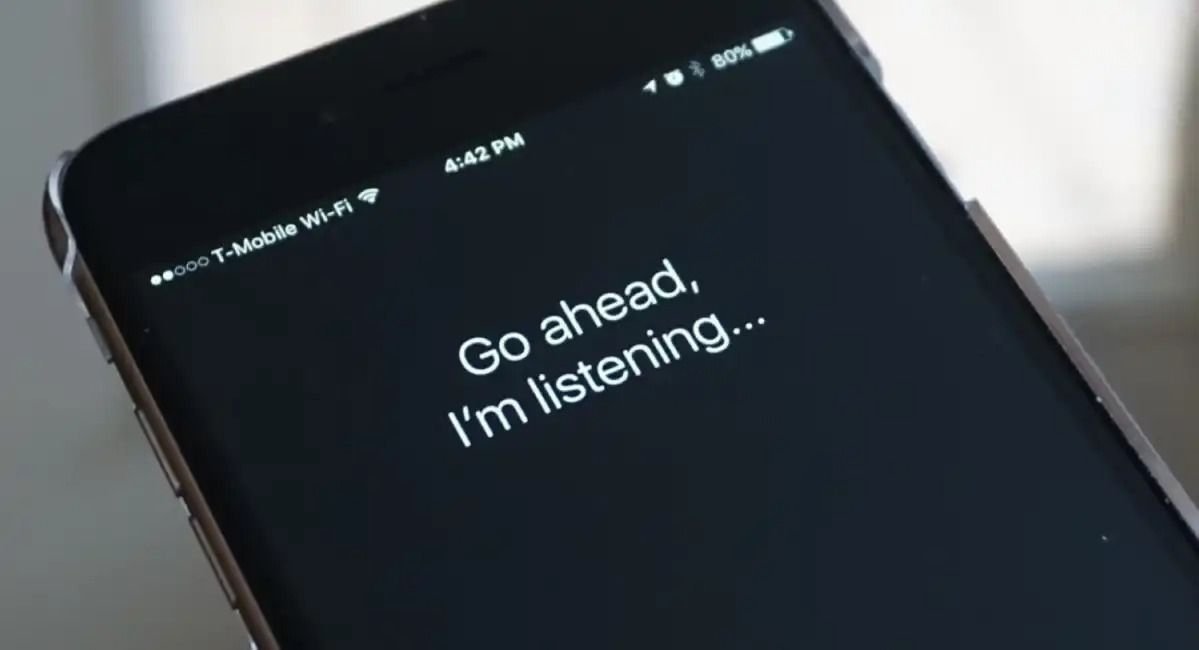
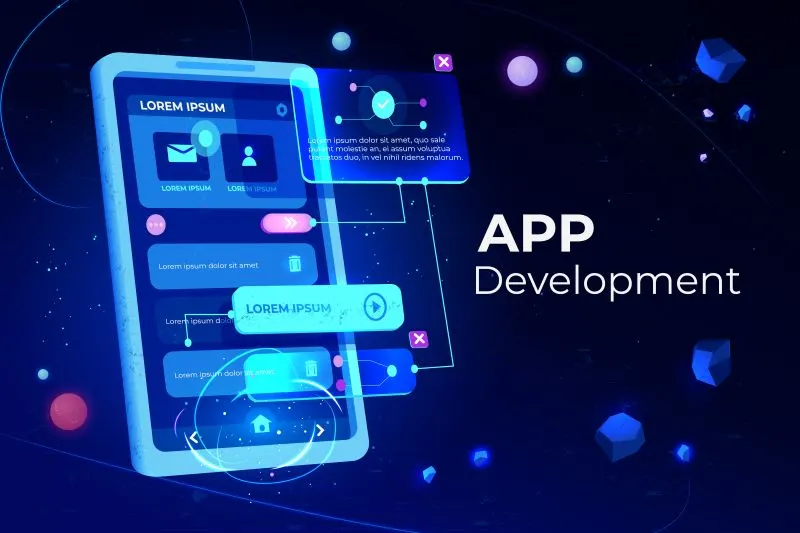
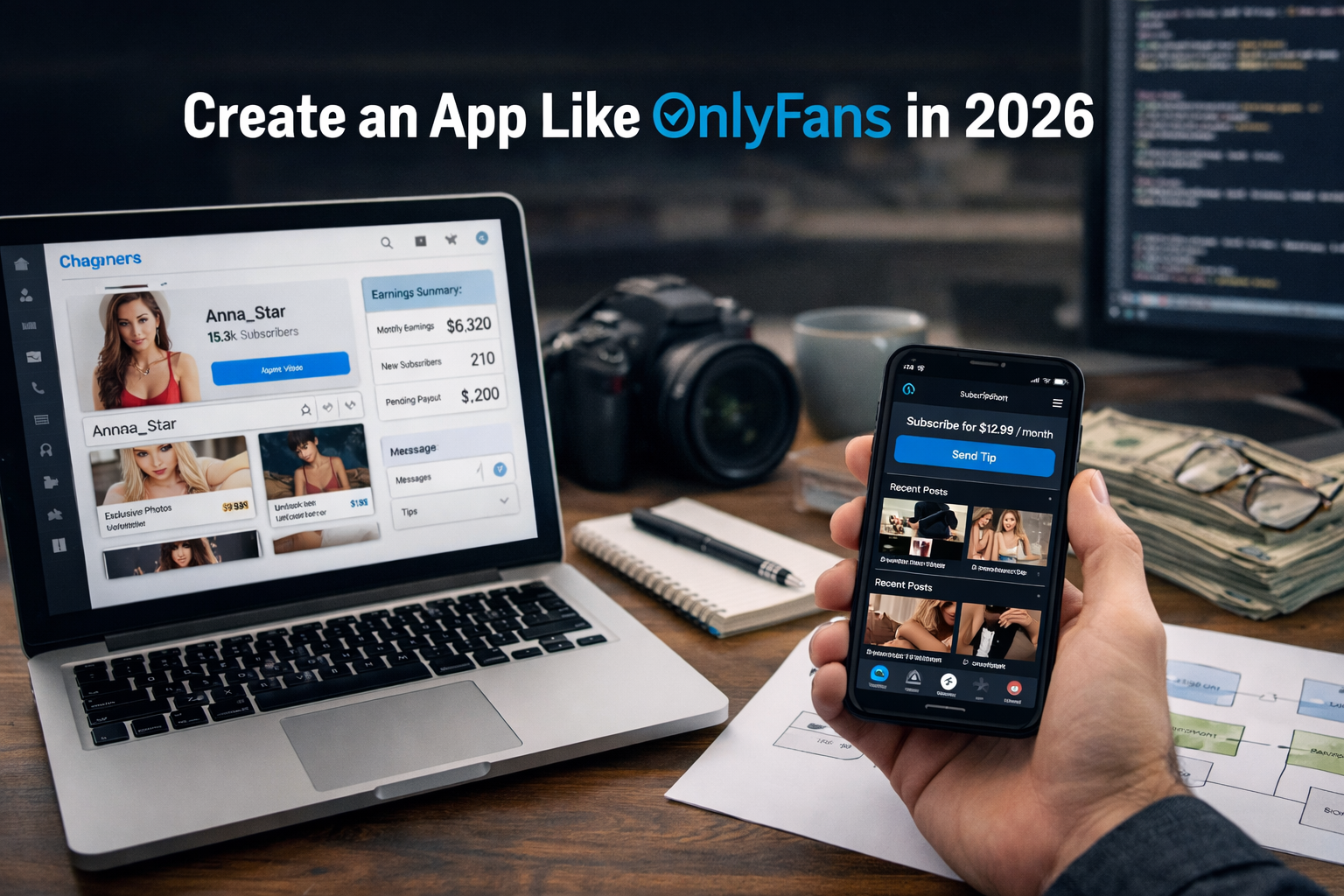




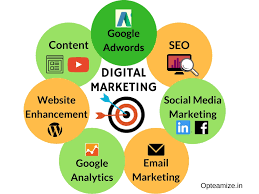


Leave a Reply